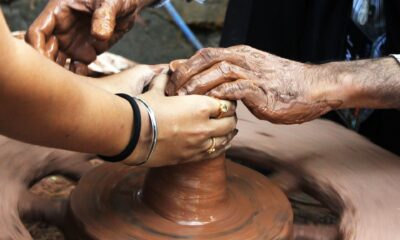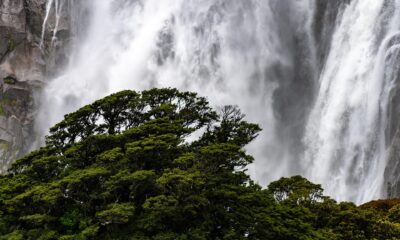Destinations
Conchagua Volcano: The Best Sunrise View in El Salvador
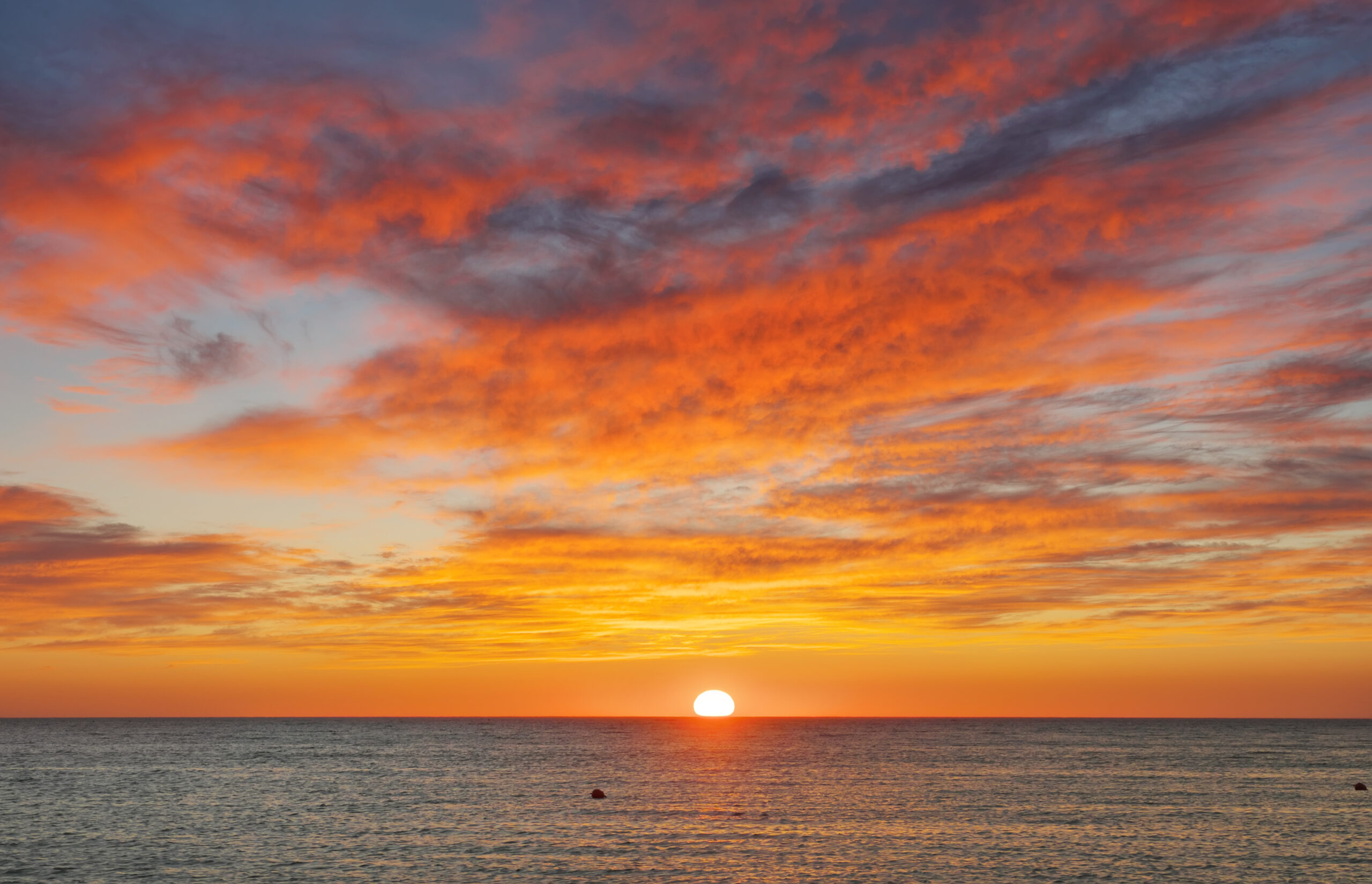
On the eastern edge of El Salvador, overlooking the shimmering Gulf of Fonseca rises one of the country’s most awe-inspiring natural wonders: Conchagua Volcano. Known for its spectacular sunrises, panoramic views of three countries, and peaceful camping spots, this dormant stratovolcano is a hidden treasure for nature lovers, campers, and those chasing unforgettable vistas.
A Natural Balcony Over the Pacific
Located in the department of La Unión, Volcán de Conchagua offers a unique geographic advantage: from its summit, visitors can see El Salvador, Honduras, and Nicaragua, along with the Gulf of Fonseca and its volcanic islands. On a clear morning, the sunrise here is one of the most iconic in all of Central America.
Its peak stands at around 1,225 meters (4,019 feet) above sea level, and despite being a volcano, there has been no recorded eruption in modern history, making it a safe destination for hiking and camping.
Hiking and Camping at Conchagua
The hike to the summit is moderate and accessible, making it suitable for most fitness levels. It typically takes about 1.5 to 2 hours from the base camp area to reach the top, depending on the chosen trail.
At the summit, visitors can:
- Camp under the stars – The summit features well-maintained camping areas, some operated by Camping Bosques del Conchagua, with facilities like bathrooms, fire pits, and viewing platforms.
- Wake up to a surreal sunrise – The view of the sun rising over the Pacific, casting golden light on the Isla Meanguera and Meanguerita, is a truly magical experience.
- Enjoy 360-degree views – On clear days, you can see the Bay of La Unión, Volcán de San Miguel, and even the Pacific Ocean’s curve in the distance.
Tips for Visiting Conchagua Volcano
- Book camping in advance – Spots at the summit are limited and often fill up on weekends.
- Bring layers – Temperatures can get cold at night, especially during the dry season.
- Hire a local guide or tour – While self-guided trips are possible, many travelers prefer guided experiences for safety, logistics, and insights.
- Pack light but smart – Bring water, snacks, headlamps, camera gear, and camping essentials.
How to Get There
- From San Salvador: The drive takes approximately 4 to 5 hours by car. The last portion of the road is steep and best navigated by 4×4 vehicles.
- Nearest Town: La Unión, a coastal port town with restaurants, shops, and access to the Gulf’s islands.
- Public Transport Option: Buses run to La Unión, but private transportation is recommended to reach the volcano entrance.
Nearby Attractions
- Isla Meanguera – Accessible by boat from La Unión, this island offers pristine beaches and a laid-back vibe.
- La Unión Port – A hub for ferries and fishing boats with a bustling seafood market.
- Gulf of Fonseca Tours – Explore the tri-border bay and its volcanic islands by boat.
Final Thoughts
Conchagua Volcano is a must-see destination for those seeking natural beauty, tranquility, and stunning views in El Salvador’s east. Whether you’re camping on the summit or taking in the sunrise with a warm coffee in hand, Conchagua offers a powerful and peaceful reminder of the raw, untamed beauty that defines El Salvador. If you’re chasing the country’s best view, Conchagua delivers it—sunrise and beyond.
Destinations
Santa Tecla Travel Guide: Explore El Salvador’s Hidden Gem

Santa Tecla, located in the La Libertad Department of El Salvador, is a vibrant city that perfectly blends historical charm, cultural richness, and modern attractions. Nestled at the base of the San Salvador Volcano, this destination offers stunning views, a cool climate, and endless opportunities for exploration. Whether you’re a history enthusiast, an adventure seeker, or a foodie, Santa Tecla has something for everyone.
Why Visit Santa Tecla?
Santa Tecla is more than just a suburb of San Salvador—it’s a cultural hub bursting with life. From its historic architecture to its lively streets and markets, the city offers an authentic Salvadorean experience. It’s also a gateway to natural wonders like El Boquerón National Park and nearby waterfalls. With its perfect mix of history, nature, and modernity, Santa Tecla is a must-visit destination for travelers exploring El Salvador.
Your Santa Tecla Travel Guide
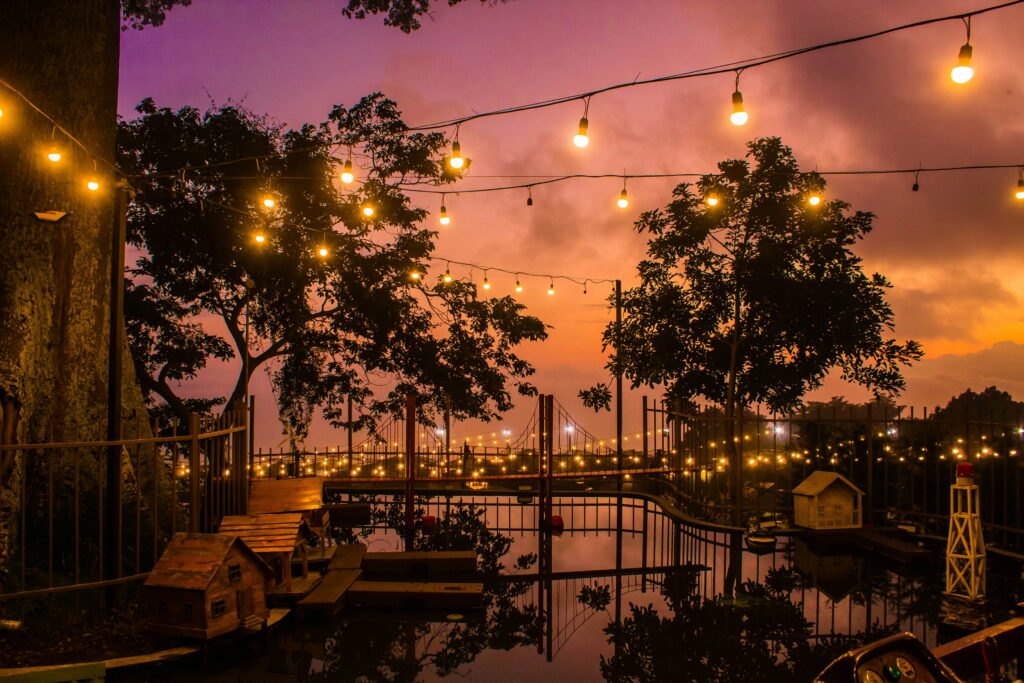
Top Attractions in Santa Tecla
1. Paseo El Carmen
Paseo El Carmen is the beating heart of Santa Tecla’s nightlife and cultural scene. This pedestrian-friendly street is lined with colonial-style buildings, restaurants, bars, and artisan shops. On weekends, it transforms into a vibrant hub with street performers, live music, and food vendors offering local delicacies like pupusas. It’s the perfect spot to immerse yourself in Salvadorean culture.
2. Museo Tecleño (MUTE)
Housed in a neoclassical building that once served as a prison, Museo Tecleño offers visitors a fascinating glimpse into the city’s history. The museum features exhibits on local culture and Civil War memorabilia. Don’t miss the eerie “punishment cells” or the charming café inside the museum.
3. El Carmen Church
This neo-Gothic masterpiece is one of Santa Tecla’s most iconic landmarks. Built between 1856 and 1914, the El Carmen Church boasts intricate wooden carvings and historical bells. Despite suffering damage during the earthquake back in 2001, it remains a testament to the city’s resilience.
4. El Boquerón National Park
Just outside Santa Tecla lies El Boquerón National Park, home to the San Salvador Volcano’s massive crater. A short hike rewards visitors with breathtaking panoramic views of the surrounding landscape. It’s an ideal destination for nature lovers and photographers.
5. Mercado Municipal de Santa Tecla
For an authentic local experience, visit Mercado Municipal de Santa Tecla. This bustling market offers fresh produce, handmade crafts, and street food stalls serving traditional dishes like tamales and atol. It’s also a great place to shop for souvenirs.
Things to Do in Santa Tecla
- Explore Historic Architecture: Marvel at neo-Gothic and neoclassical buildings like the Municipal Palace of Fine Arts.
- Hike and Adventure: Embark on hikes to nearby waterfalls or volcanic craters.
- Enjoy Local Cuisine: Sample Salvadorean specialties at street food stalls or dine at restaurants along Paseo El Carmen.
- Attend Cultural Events: Check out festivals or live performances hosted throughout the year.
Where to Eat in Santa Tecla
Santa Tecla is a foodie paradise with options ranging from casual street food to upscale dining:
- Street Food Vendors: Try pupusas, stuffed tortillas filled with cheese or beans—El Salvador’s national dish.
- Yemaya: A vegetarian-friendly spot offering healthy meals paired with wine.
- Dragon Dorado: A popular Chinese restaurant known for its generous portions.
- Picnic Steak House: There’s food but the best part is the colorful slide.
Where to Stay in Santa Tecla
Santa Tecla offers accommodations for every budget:
- La Casa de Izel: A cozy guesthouse near Paseo El Carmen with free Wi-Fi and rooftop views.
- Hotel Jardín del Carmen: A mid-range hotel featuring lush gardens and comfortable rooms.
Conclusion
Santa Tecla is an unmissable destination for travelers exploring El Salvador. With its rich history, vibrant culture, stunning natural landscapes, and delicious cuisine, this city has something for everyone. Whether you are strolling down Paseo El Carmen or hiking through volcanic craters at El Boquerón National Park, you’ll find countless opportunities to create unforgettable memories in this charming city.
Plan your trip today and let Santa Tecla captivate you!
Destinations
“Visit San Francisco Gotera: Your Gateway to Morazán’s Rich Culture and Historic Sites”
San Francisco Gotera, often referred to as, Gotera, is the capital of Morazán Department in northeastern El Salvador. While it may not be a bustling metropolis, this charming city is a tranquil base for exploring the region’s rich history, natural beauty, and cultural heritage. Whether you’re passing through or planning for an extended stay, Gotera offers a unique glimpse into the heart of El Salvador.
Getting to San Francisco Gotera
- By Bus: Regular bus routes connect Gotera with major cities like San Miguel and Perquín, making it accessible for budget-conscious travelers.
- By Car: A private vehicle offers flexibility to explore the surrounding areas, including scenic drives through pine forests.
Places to Visit in San Francisco Gotera
While San Francisco Gotera itself is a quiet town, it provides access to some of Morazán’s most fascinating attractions:
1. Museum of the Salvadorean Revolution (Perquín)
Located about an hour north in Perquín, this museum chronicles El Salvador’s civil war through exhibits of artifacts, photographs, and guerrilla memorabilia. The museum is housed in what was once the broadcasting station for Radio Venceremos, a key communication hub for the FMLN during the war.
2. Gruta del Espíritu Santo
This natural cave system near Gotera features ancient petroglyphs believed to have been created by indigenous peoples. It’s a must-visit for history enthusiasts and nature lovers alike.
3. Local Markets
Gotera’s morning markets are lively hubs where visitors can shop for handmade nylon hammocks, bags, and fresh produce. It’s also an excellent place to sample local snacks like pupusas and tamales.
4. The Peace Route
San Francisco Gotera is part of El Salvador’s Ruta de la Paz (Peace Route), which highlights historical sites from the country’s civil war. Stops include monuments, museums, and memorials that tell the story of resilience and hope.
Where to Eat
Gotera offers a variety of dining options ranging from budget-friendly comedores to street food stalls:
- Comedor Melita: Known for hearty breakfasts featuring beans, rice, eggs, and tortillas.
- Pupuserías: Scattered throughout town, these stalls serve El Salvador’s iconic dish—pupusas. Vegetarians can request fillings like beans or cheese.
- Local Drinks: Don’t miss out on trying the horchata, a refreshing beverage made from ground seeds and spices.
Where to Stay
Accommodations in Gotera are modest but affordable:
- Hotel San Francisco: Offers basic rooms with fans starting at $5 per night. Guests can upgrade to rooms with private bathrooms for added comfort.
Exploring Beyond Gotera
Gotera serves as a convenient launchpad for nearby attractions:
- Perquín: Known as the “Mountain Capital,” this town is famous for its historical significance during the civil war.
- Sapo River: One of El Salvador’s unpolluted rivers, perfect for hiking, swimming, and picnicking.
- San Miguel: Located south of Gotera, this city offers vibrant nightlife and shopping opportunities.
Why Visit San Francisco Gotera?
San Francisco Gotera may be small, but it offers travelers an authentic experience steeped in history and culture. Whether you’re exploring its peaceful streets or venturing into Morazán’s mountainous landscapes, this city is an essential stop on any journey through El Salvador.
Destinations
San Andrés: Uncovering El Salvador’s Ancient Maya Heritage

In the fertile valley of Zapotitán, just a short drive from San Salvador lies one of El Salvador’s most significant archaeological treasures: San Andrés. Once a thriving pre-Columbian city, this ancient Maya site offers a glimpse into the political, cultural, and spiritual life of a Mesoamerican civilization that flourished over a thousand years ago.
A Maya Ceremonial and Administrative Center
San Andrés was occupied as early as 900 BC, but it reached its peak between 600 and 900 AD during the Late Classic period of Maya civilization. Unlike residential sites such as Joya de Cerén, San Andrés was primarily a political and ceremonial center, serving as a hub for trade, governance, and religious activity in the region.
The city was strategically positioned near the Lempa River, allowing its leaders to control regional commerce, agriculture, and ceremonial practices. It also connected with other prominent Mesoamerican centers, including Copán in Honduras and the central Mexican highlands.
What to See at San Andrés
Today, visitors can explore an extensive and well-preserved site that includes:
- The Acropolis – A raised ceremonial complex with pyramids, platforms, and plazas used for religious and political rituals.
- Ball Court Ruins – Remnants of a traditional Mesoamerican ball game court, believed to hold spiritual significance.
- Residential and Agricultural Zones – Excavations reveal how the elite lived and how the surrounding land was used for maize and cacao cultivation.
- The On-Site Museum – A modern facility displaying ceramics, obsidian tools, burial artifacts, and interpretive exhibits about Maya life and cosmology.
Preservation Through Volcanic Tragedy
In 1658, the eruption of the Playón volcano buried San Andrés under a thick layer of ash and lava, much like Joya de Cerén. Ironically, this natural disaster helped preserve the site and its artifacts for centuries, making it a valuable source of historical and archaeological insight.
Educational and Family-Friendly Destination
San Andrés is more than ruins—it is an interactive and accessible destination perfect for families, school groups, and cultural travelers. The open grounds and museum make it a relaxed place to learn, explore, and connect with El Salvador’s ancient roots.
Tips for Visiting San Andrés
- Opening Hours: Typically open Tuesday to Sunday.
- Entrance Fee: Very affordable (around $3 for foreigners, less for locals).
- Best Time to Visit: Mornings and dry season months (November–April) for cooler weather and clearer skies.
- Combine Your Visit: Pair with nearby Joya de Cerén and El Trapiche for a full day of archaeological exploration.
How to Get There
San Andrés is located just 32 km (20 miles) northwest of San Salvador, near the town of Ciudad Arce. It’s easily reachable by car or guided tour, and public transportation options are also available from the capital.
Final Thoughts
San Andrés stands as a powerful testament to the rich and complex history of the Maya in El Salvador. Far from the tourist crowds of larger Mesoamerican sites, it offers a peaceful and authentic encounter with the ancient world. Whether you’re a history buff, a student of archaeology, or a curious traveler, San Andrés invites you to walk in the footsteps of the Maya and rediscover a lost civilization.
-
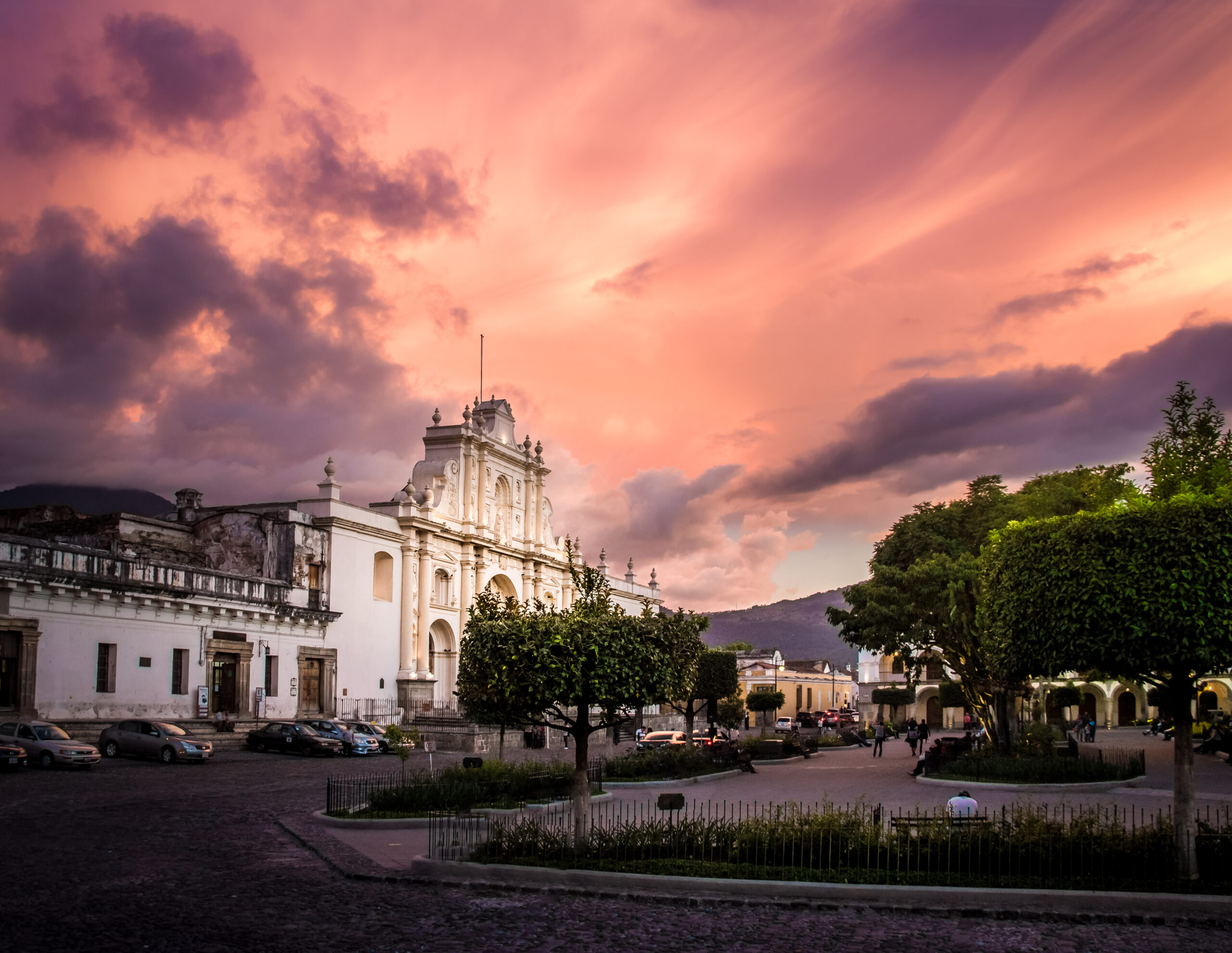
 Travel5 months ago
Travel5 months agoIs El Salvador Safe to Visit? What Travelers Need to Know
-
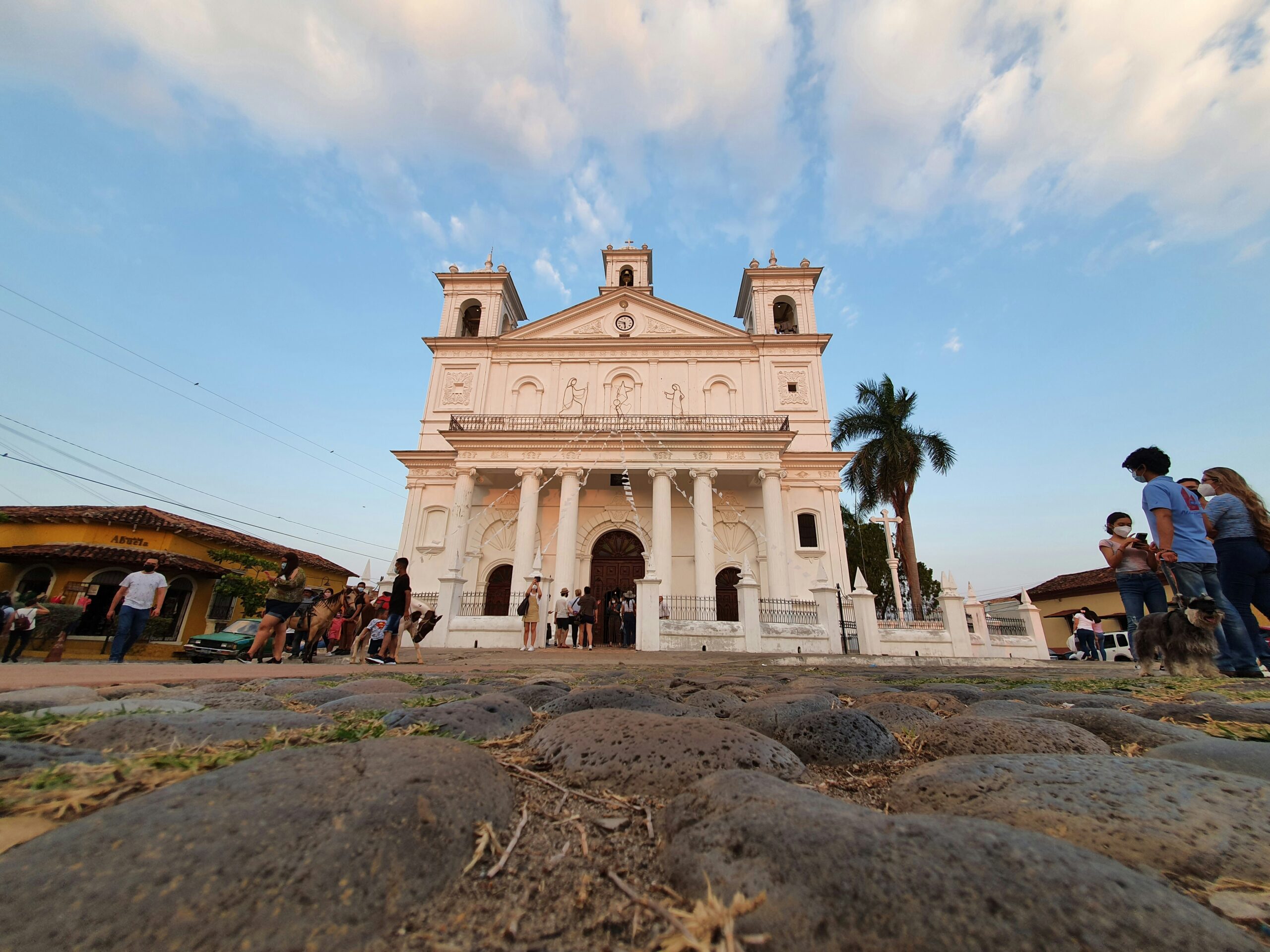
 Local Recommendations6 months ago
Local Recommendations6 months ago2 Days in Suchitoto: The Perfect Escape to El Salvador’s Cultural Gem
-
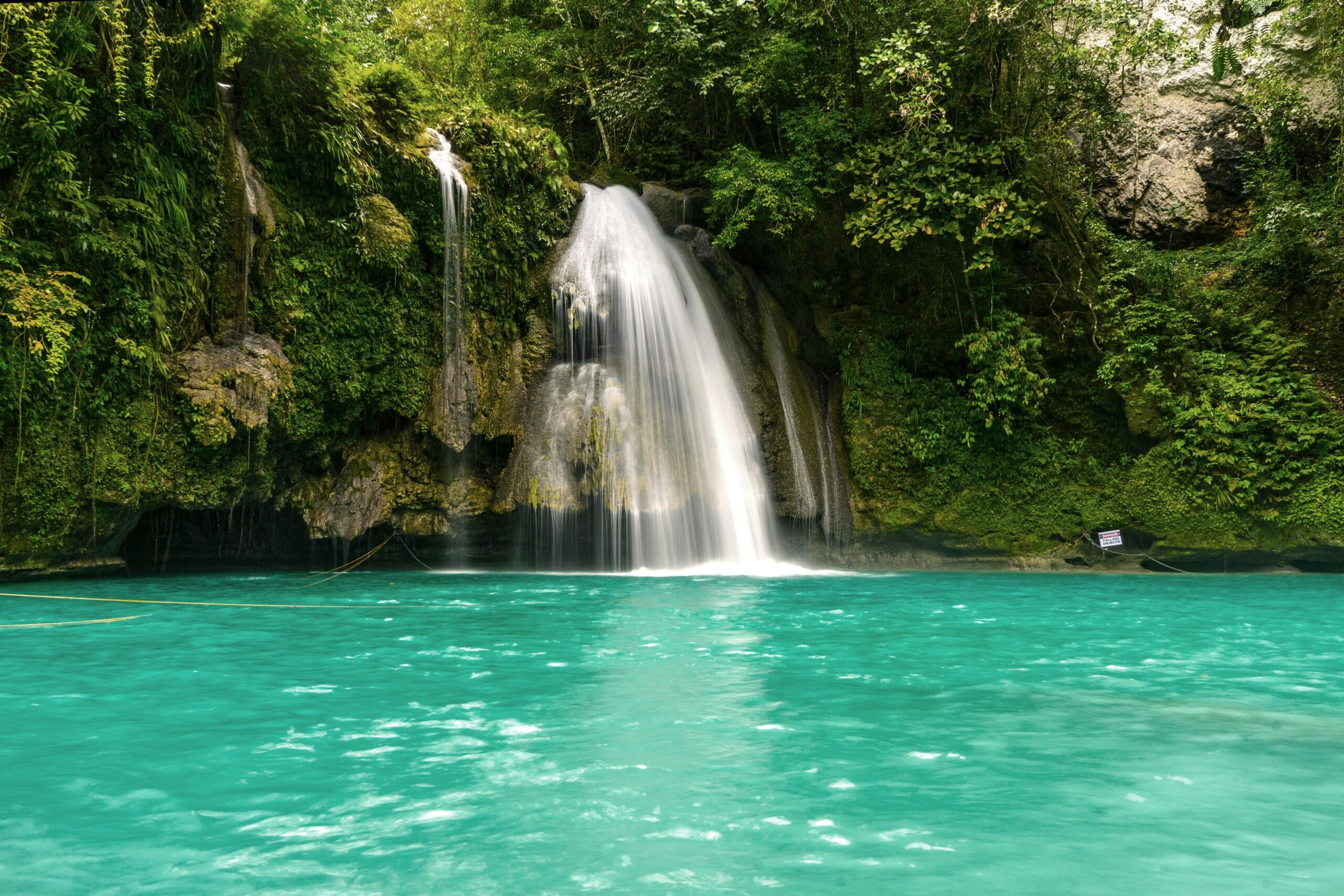
 Local Recommendations6 months ago
Local Recommendations6 months agoTamanique Waterfalls: A Hidden Natural Gem Near La Libertad, El Salvador
-
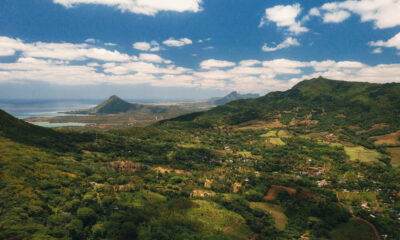
 Travel5 months ago
Travel5 months agoBest National Parks in El Salvador: Where to Experience Nature at Its Finest
-
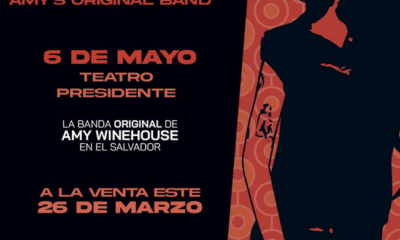
 Entertainment5 months ago
Entertainment5 months agoThe Amy Winehouse Band to Perform Live in El Salvador – A Tribute to a Musical Legend
-
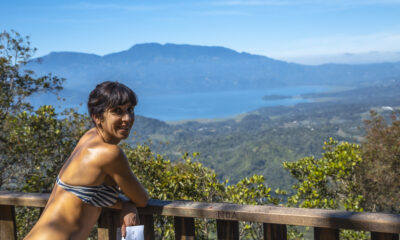
 Destinations5 months ago
Destinations5 months agoVisit Laguna de Alegría: The Emerald of El Salvador
-
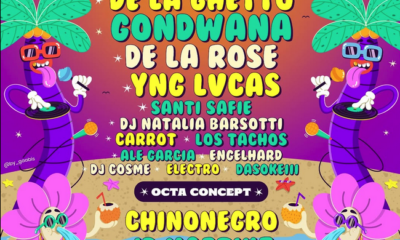
 Entertainment5 months ago
Entertainment5 months agoPalmar Festival 2025: Music, Beach, and Culture Unite at Playa Costa del Sol
-
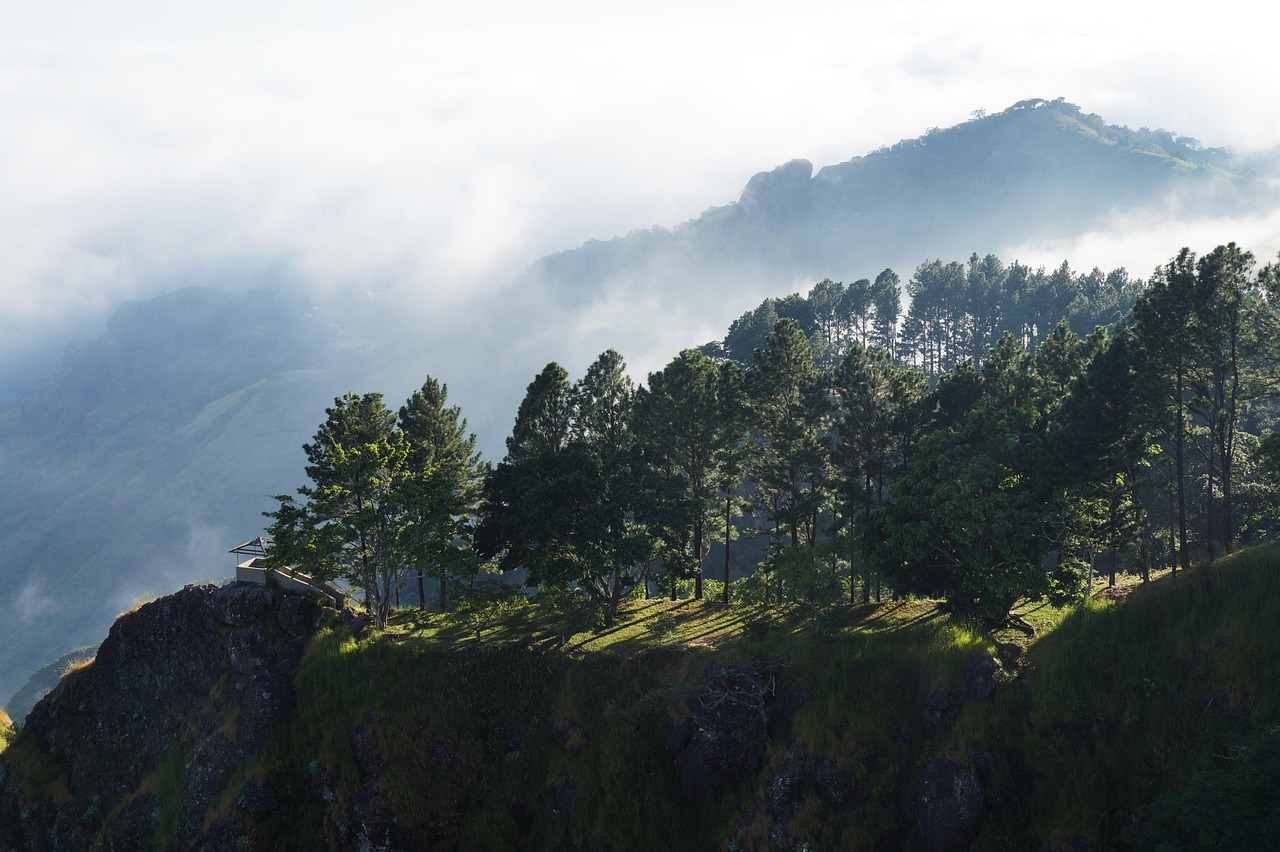
 Local Recommendations6 months ago
Local Recommendations6 months agoEl Boquerón National Park: Exploring the Majestic Crater of San Salvador Volcano






